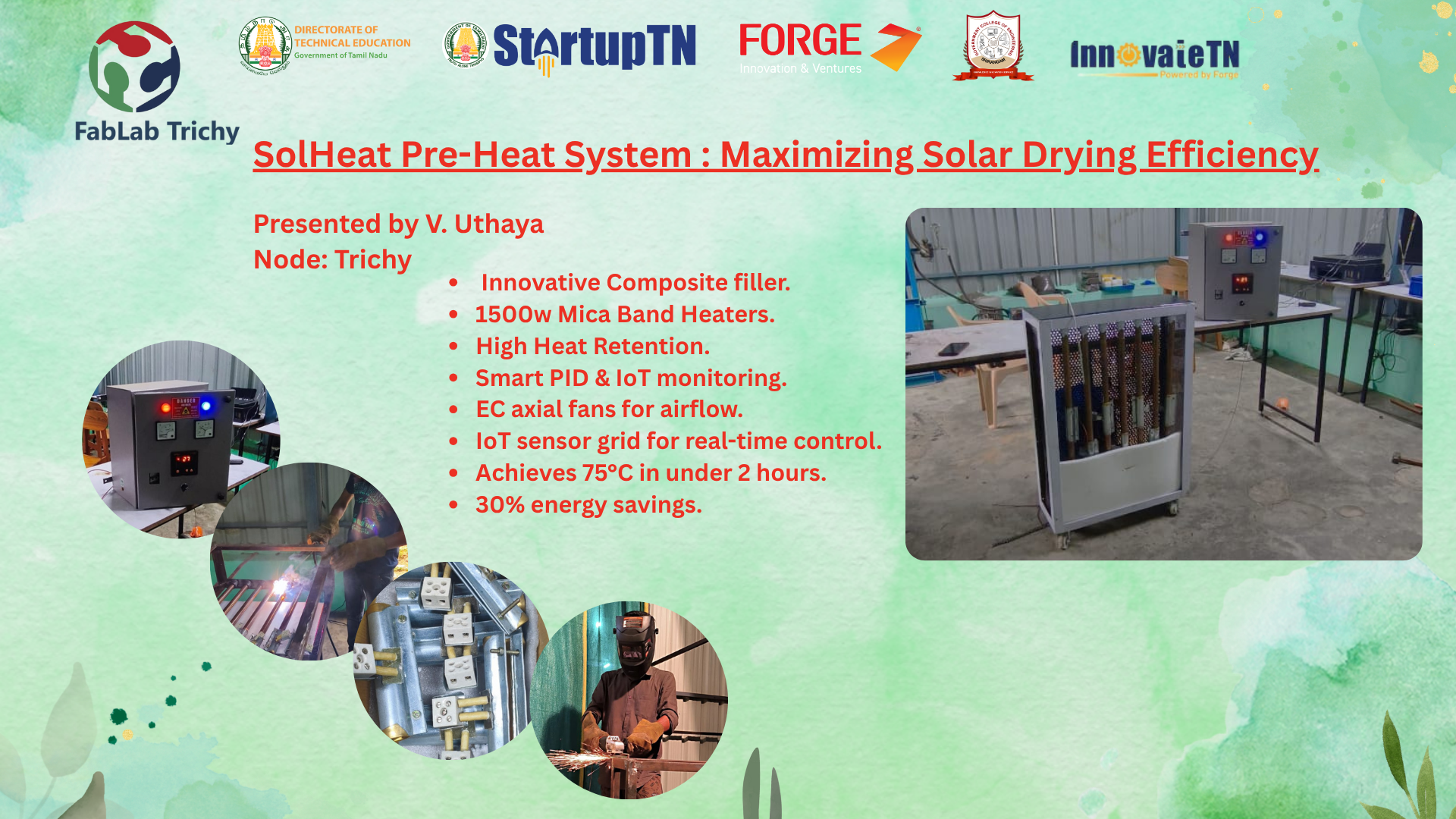Week 18
Invention, Intellectual Property and Income
Welcome to week 18 of FabAcademy! When my creation, the SolHeat Pre-Heat System, reaches a point where it starts to contribute significantly to society, I think it will really flourish. As my final project draws to a close, I'm looking into several ways to turn it into a useful product that can benefit farmers. In the meantime, I'm looking for ways to keep my project safe from infringement. I have gained knowledge about the nature of creation, the various kinds of intellectual property, and the significance of safeguarding creative concepts thanks to this work. In order to guarantee a thorough comprehension of these ideas, I have also recorded my learning objectives.
What is an Invention?
An invention can be a brand-new idea or an improvement on an old one, but it must be a novel creation—that is, something that has never been done before. An invention is a new device, process, or method that is made, usually through experimentation and ingenuity.
simpler terms:
Examples of Inventions:
Protection of Inventions :
Inventions are primarily protected by patents. A patent grants the inventor exclusive rights to use, make, sell, and distribute the invention for a certain period, typically 20 years from the filing date, in exchange for publicly disclosing the details of the invention. This system aims to incentivize innovation by allowing inventors to potentially recoup their investment and profit from their creativity and hard work.
Criteria for Patentability:
To be eligible for a patent, an invention must generally meet three key criteria:
Novelty:
The invention must be new and not known to the public before the filing date of the patent application.
Non-Obviousness:
The invention must not be obvious to a person skilled in the relevant field based on existing knowledge.
Utility:
The invention must be useful and have some practical application or benefit.
Importance of Inventions in IP :
Inventions are a crucial component of intellectual property as they drive technological progress and economic growth. By protecting inventors' rights, the IP system encourages investment in research and development, leading to advancements that can improve quality of life, enhance productivity, and address societal challenges.
I employed composite fillers, a proprietary technology that makes cost-effective heat retention, for my heating system.
Intellectual Property :
Intellectual property rights are legal rights granted to individuals over the creations of their minds, providing them with exclusive control over the use of their creations for a certain period. These rights are broadly categorized into copyright and industrial property. Copyright protects original literary and artistic works, while industrial property protects inventions, trademarks, industrial designs, and geographical indications.
Types of Intellectual Property :
1.Patents:
Patents are legal rights granted to inventors for new inventions, providing exclusive authority to make, use, sell, or distribute the invention for a fixed period, typically 20 years from the date of filing. Patents incentivize innovation by protecting inventors from unauthorized exploitation of their ideas.
Types of Patents:
- Utility Patents: Granted for new and useful inventions or improvements in machines, processes, or compositions of matter.
- Design Patents: Protect the unique visual qualities or ornamental design of a manufactured object.
Criteria for Patentability:
- Novelty: The invention must be original and not previously disclosed.
- Inventive Step (Non-obviousness): Must not be an obvious solution or improvement.
- Industrial Applicability: Should be capable of practical application in industry
Patenting Process:
- Application Filing: Submit detailed information, including drawings and claims.
- Examination: Patent office evaluates compliance with legal standards.
- Publication: The application is made public after a certain period.
- Grant of Patent: A patent is issued if the invention meets all criteria.
2. Trademarks:
Trademarks protect signs, symbols, logos, or words that distinguish one company’s products or services from another’s. They serve as indicators of origin, building consumer trust and business reputation.
Types of Trademarks:
- Word Marks: Brand names, letters, and numbers.
- Figurative Marks: Symbols, images, or logos.
- Composite Marks: Combination of words and graphics.
- Service Marks: Used to identify services instead of goods.
Registration Process:
- Search and Clearance: Ensure the trademark is unique and not already registered.
- Filing an Application: Submit trademark details and usage category.
- Examination: Trademark office reviews for legal compliance.
- Publication: Trademark is published for public opposition.
- Registration: Granted if no valid opposition is filed.
3. Copyrights:
Copyright grants creators exclusive rights to use and control original works, including literary, artistic, musical, and audiovisual content. It promotes creative expression by ensuring that authors benefit from their work.
- Literary: Books, software, articles.
- Musical: Songs, scores.
- Artistic: Paintings, sculptures, photos.
- Audiovisual: Movies, documentaries.
- Performances: Dance, theatre.
Registration Process:
- Application Submission: Include creator details and work sample.
- Examination: Office verifies originality and authorship.
- Issuance: Certificate is granted upon approval.
Duration:
- For individuals: Life of the author + 70 years (may vary by jurisdiction).
- For corporate authorship: 95 years from publication or 120 years from creation.
4. Trade Secrets:
Trade secrets consist of confidential information that provides businesses with a competitive advantage, such as formulas, practices, designs, or methods. Unlike patents, trade secrets are not publicly disclosed.
5. Industrial Designs:
Industrial designs protect the non-functional, aesthetic features of a product—such as its shape, color, and surface pattern. These designs contribute significantly to product appeal and consumer preference.
6. Geographical Indications (GIs)
GIs identify goods that originate from specific regions with qualities, reputation, or characteristics linked to that location. They preserve traditional knowledge and enhance economic value.
Intellectual Property Rights Registration :
In India, the intellectual property rights pertaining to trademarks and patents are controlled by the Controller General of Patents Designs and Trademarks, Department of Industrial Policy and Promotion, Ministry of Commerce and Industry. Copyrights are handled by the Copyright Office, Copyright Societies, Government of India. Based on the type of intellectual property right to be registered, application must be made to the concerned authorities in the prescribed form. More information on Indian registration is in this website.
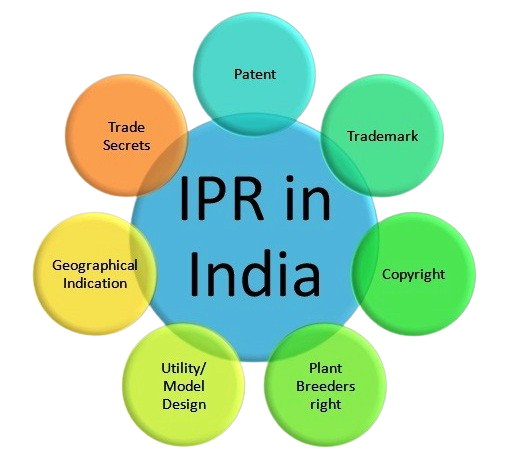
Intellectual Property Rights in India: Laws and Procedures for Registration
For a brief overview of the IPR system in India and enumeration of its component laws and basic procedures for registration is in this website.
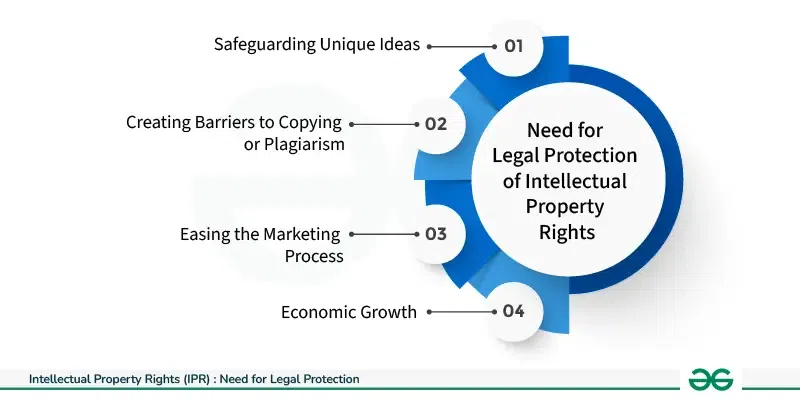
Creative commons :
Creative Commons (CC) is an internationally active non-profit organisation that provides free licences for creators to use when making their work available to the public. These licences help the creator to give permission for others to use the work in advance under certain conditions. Every time a work is created, such as when a journal article is written or a photograph taken, that work is automatically protected by copyright. Copyright protection prevents others from using the work in certain ways, such as copying the work or putting the work online. CC licences allow the creator of the work to select how they want others to use the work. When a creator releases their work under a CC licence, members of the public know what they can and can’t do with the work. This means that they only need to seek the creator’s permission when they want to use the work in a way not permitted by the licence. The great thing is that all CC licences allow works to be used for educational purposes. As a result, teachers and students can freely copy, share and sometimes modify and remix a CC work without having to seek the permission of the creator.
Standard rights and obligations :
CC provides six core licences, each of which allow members of the public to use the material in different ways. While there are different CC licences, all CC licences include certain standard rights and obligations.
User rights :
Every CC licence allows you to:
1. Copy the work (eg download, upload, photocopy and scan the work)
2. Distribute the work (eg provide copies of the work to teachers, students, parents and the community)
3. Display or perform the work (eg play a sound recording or film in class, or stage a play to parents)
4. Communicate the work (eg make the work available online on the school intranet, learning management system or on a class blog)
5. Format shift verbatim copies of the work (eg copy a MP3 version of music onto a CD or an MP4 version of a film onto a DVD to play in class).
Some CC licences also let you make other uses, however these are the base user rights provided for all CC material.
User obligations :
When you use any CC material, you must:
• Always attribute the creator of the work (for information on how to attribute a work)
• Get permission from the creator to do anything that goes beyond the terms of the licence (eg making a commercial use of the work or creating a derivative work where the licence does not permit this)
• Keep any copyright notice attached to the work intact on all copies of the work
• Indicate and link to the licence from any copies of the work
• Where you make changes to the work, acknowledge the original work and indicate that changes have been made
In addition, when you use any CC material, you must not:
• Alter the terms of the licence
• Use the work in any way that is prejudicial to the reputation of the creator of the work
• Imply that the creator is endorsing or sponsoring you or your work
• Add any technologies (such as digital rights management) to the work that restrict other people from using it under the terms of the licence.
For a brief overview, visit this
website.
The CC License Options:
There are six different license types, listed from most to least permissive here:

This license enables reusers to distribute, remix, adapt, and build upon the material in any medium or format, so long as attribution is given to the creator. The license allows for commercial use. CC BY includes the following elements:
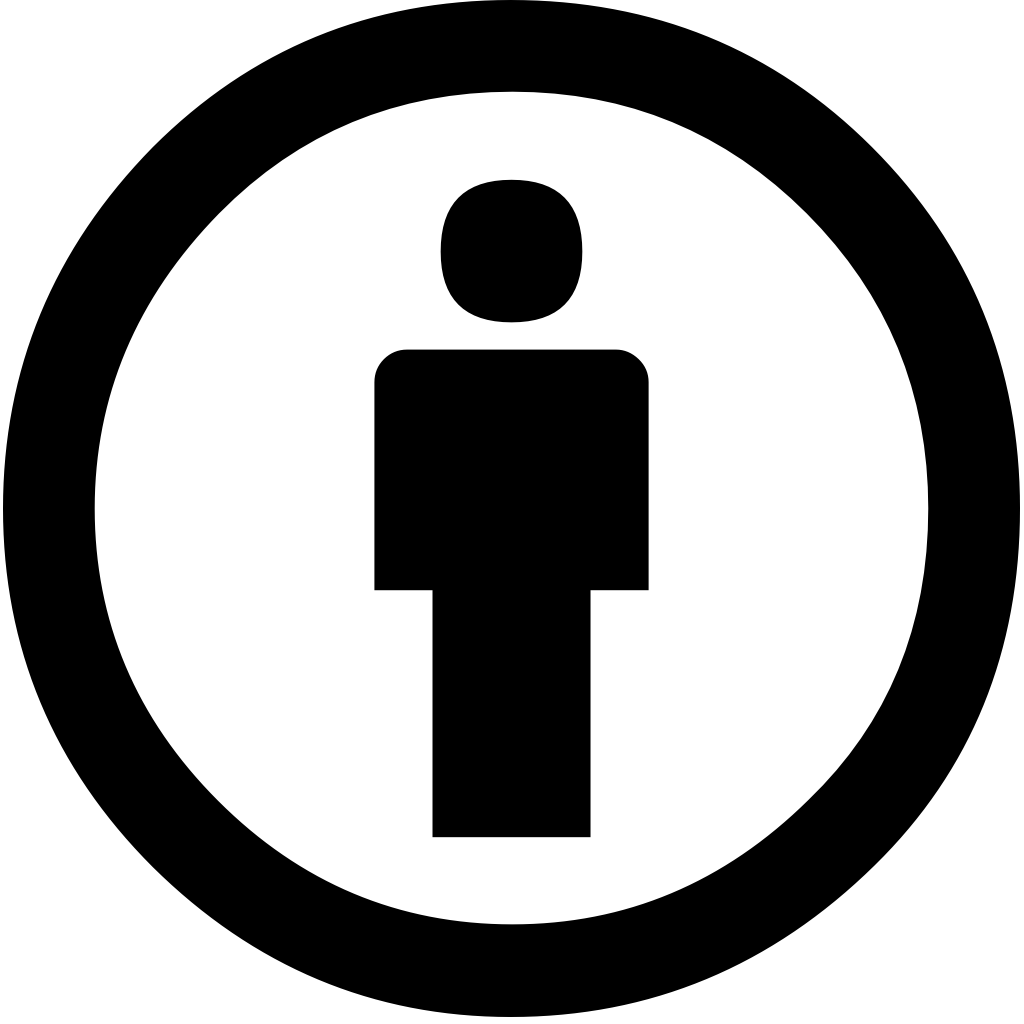 BY: credit must be given to the creator.
BY: credit must be given to the creator.
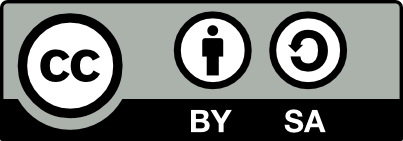
This license enables reusers to distribute, remix, adapt, and build upon the material in any medium or format, so long as attribution is given to the creator. The license allows for commercial use. If you remix, adapt, or build upon the material, you must license the modified material under identical terms. CC BY-SA includes the following elements:
 BY: credit must be given to the creator.
BY: credit must be given to the creator.
 SA: Adaptations must be shared under the same terms.
SA: Adaptations must be shared under the same terms.
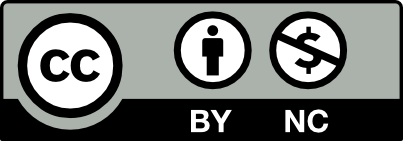
This license enables reusers to distribute, remix, adapt, and build upon the material in any medium or format for noncommercial purposes only, and only so long as attribution is given to the creator. CC BY-NC includes the following elements:
 BY: credit must be given to the creator.
BY: credit must be given to the creator.
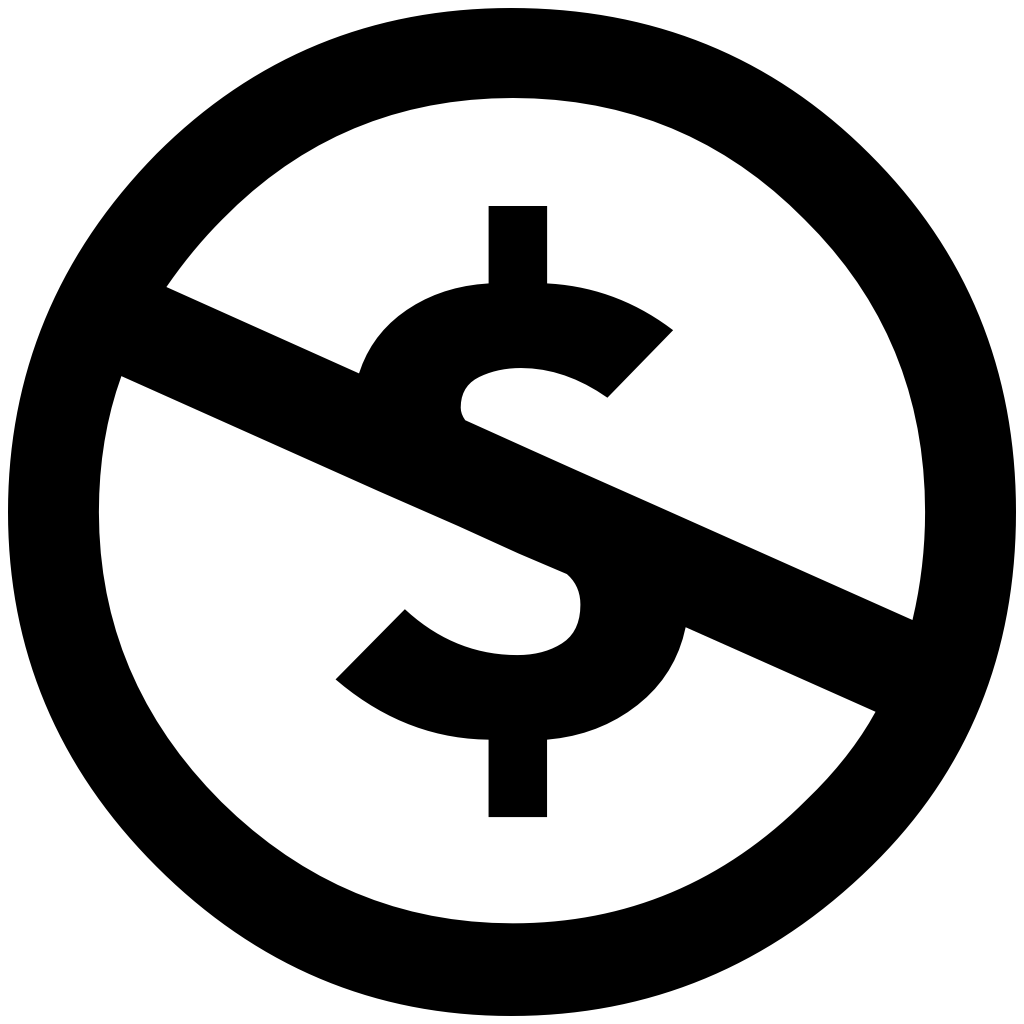 NC: Only noncommercial uses of the work are permitted.
NC: Only noncommercial uses of the work are permitted.
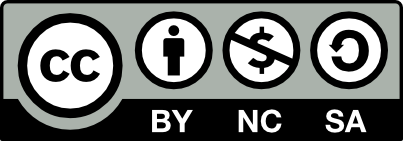
This license enables reusers to distribute, remix, adapt, and build upon the material in any medium or format for noncommercial purposes only, and only so long as attribution is given to the creator. If you remix, adapt, or build upon the material, you must license the modified material under identical terms. CC BY-NC-SA includes the following elements:
 BY: credit must be given to the creator.
BY: credit must be given to the creator.
 NC: Only noncommercial uses of the work are permitted.
NC: Only noncommercial uses of the work are permitted.
 SA: Adaptations must be shared under the same terms.
SA: Adaptations must be shared under the same terms.
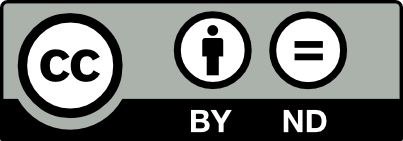
This license enables reusers to copy and distribute the material in any medium or format in unadapted form only, and only so long as attribution is given to the creator. The license allows for commercial use. CC BY-ND includes the following elements:
 BY: credit must be given to the creator.
BY: credit must be given to the creator.
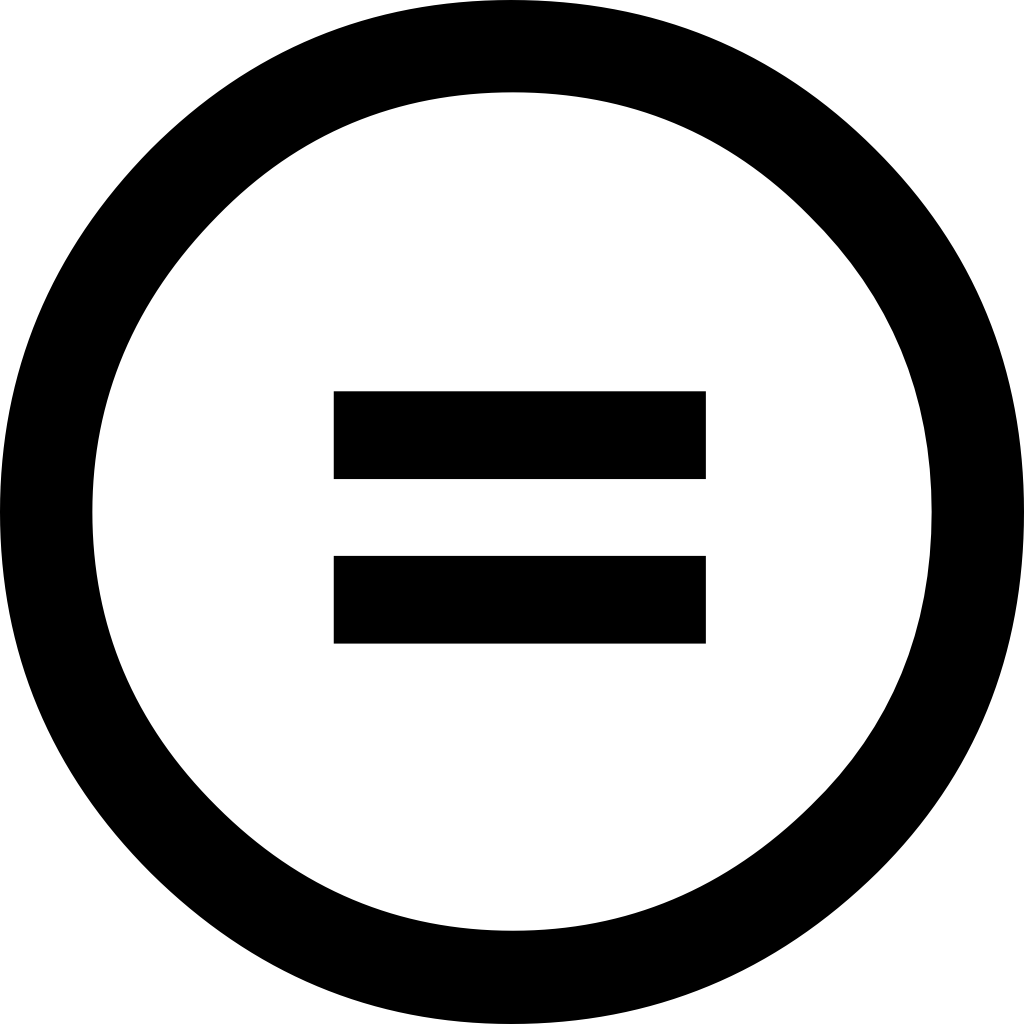 ND: No derivatives or adaptations of the work are permitted.
ND: No derivatives or adaptations of the work are permitted.
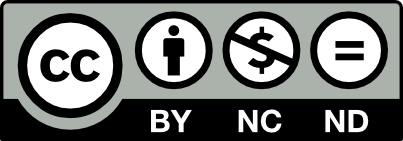
This license enables reusers to copy and distribute the material in any medium or format in unadapted form only, for noncommercial purposes only, and only so long as attribution is given to the creator. CC BY-NC-ND includes the following elements:
 BY: credit must be given to the creator.
BY: credit must be given to the creator.
 NC: Only noncommercial uses of the work are permitted.
NC: Only noncommercial uses of the work are permitted.
 ND: No derivatives or adaptations of the work are permitted.
ND: No derivatives or adaptations of the work are permitted.
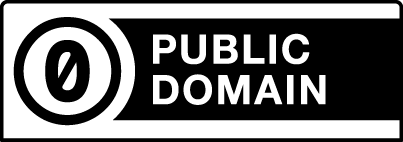
CC0 (aka CC Zero) is a public dedication tool, which enables creators to give up their copyright and put their works into the worldwide public domain. CC0 enables reusers to distribute, remix, adapt, and build upon the material in any medium or format, with no conditions.
Reference:-Creative commons
Choosing Right License :
By choosing a Creative Commons license for the SolHeat Pre-Heat System project, I aim to support the fab community's ethos of open-source development, education, and collaboration. This license allows others to learn from, build upon, and share the project while protecting it from unauthorized commercial use. SolHeat Pre-Heat System not only represents an innovative solution for farmers but also serves as a valuable tool for those interested in thermal technology technology and design.

.png)
Attribution (BY) :
You must credit the creator, the title and the licence the work is under. This is compulsory for all Creative Commons licences.
Non-commercial (NC) :
Any use of the work must be for non-commercial purposes only. For example, file sharing, educational use and film festivals are all allowed, but advertising and for-profit uses are not.
Share Alike (SA):
Any new work produced using this material must be made available under the same licence as the original work. For example, if you remix a work under an Attribution-Share Alike licence, you have to release the new work you create under an Attribution-Share Alike licence.
Income
As of now, I am not preparing a business plan out of it. Public can download from the shared platforms and build one of their own.
Sharing Platform:
I will be sharing my project in various platforms like GitLab, Fabcloud, Instructables and Youtube.
Adding the license :
I chose this license and here's how I added it.
.png)
.png)
Adding to the footer of my final project page.
Project slide:
